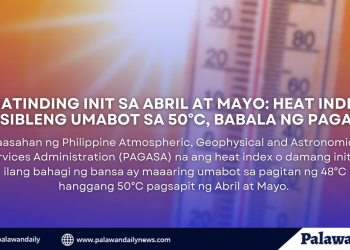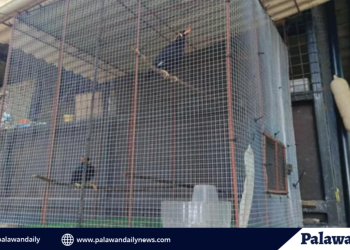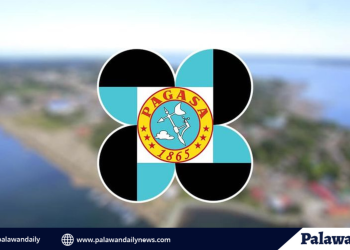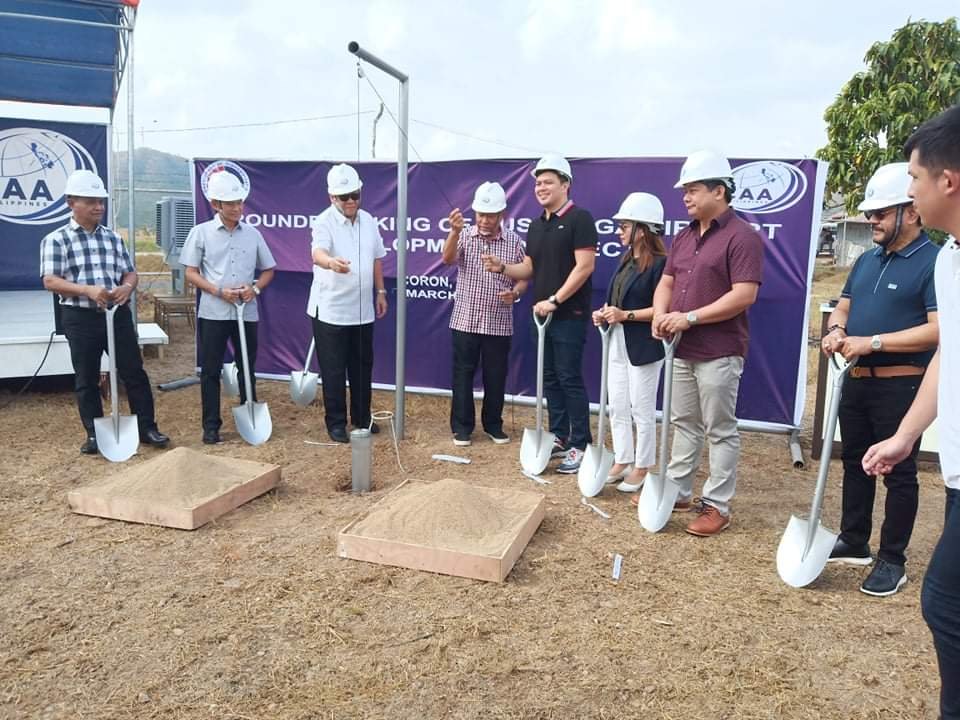The key officials and functionaries of the city government attended the three-day training workshop on March 12-14, 2019 for an in-depth sectoral analysis of the data necessary for the updating of the city’s Comprehensive Land Use Plan (CLUP) and formulation of the Forest Land Use Plan (FLUP).
The training was sponsored by the United States Agency for International Development (USAID) through Protect Wildlife project. It was attended by employees representing the offices of the city planning, environment, agriculture, tourism, assessor, and the Puerto Princesa Underground River (PPUR).
Forester Ernie Urriza, Spatial Planning Specialist of USAID and the resource person, said that all local plans of the City Government should be mainstreamed to the CLUP to made consistent and harmonized. This is the importance of the inter and Cross Sectoral Analysis of FLUP and CLUP data. This involves the processing and analysis of all data whether spatial and non-spatial data.
The analysis of data includes the use of available mapping technology such as ArcGIS version 10.4. which facilitates the validation of the available data and information.
ArcGIS is a geographic information system (GIS) for working with maps and geographic information, which includes capabilities for data manipulation, editing, and analysis.
Spatial data includes political and administrative boundaries, ECAN map, land classification map. Non-spatial data are those information and data that will support the spatial data. Demographic data are important information such as population, population per sitio and purok, and other data.
“It is important to account the land area reserved for protection and conservation area, as well as the production area. Kasi kung overcrowded na ang Alienable and Disposal (A & D) areas ay doon pumunta sa production area. Dito ay malalaman natin kung ano ang magiging management prescription kasi kung mag bo-boom ang isang lugar ngunit hindi ka handa, ito ay cause ng land use change,” Urriza explained.
He further said that the demographic data, specifically the population will be the basis for the construction of infrastructure projects in the locality because based on the standard, a 2.4 kilometer concrete road shall be provided in an area to cater every 1,000 population. For an arable land with an area of 100 hectares, a 1.5 kilometer road can be constructed in the vicinity.
“May mga standards tayong sinusunod kaya mahalaga itong mga demographic data,” he further said.
The availability of updated data and aided by ArcGIS and other technology, it will also help the decision makers for the crafting of a CLUP.
“Ano ang maganda sa Puerto Princesa? Saan tayo mas nakalalamang sa iba? Ano dapat ang laman ng CLUP at FLUP? Ganun ka-importante ang demography,” explained Among the issues and concerns discussed during the training workshop were: occupation and encroachment in timberland areas, destruction of mangroves, unregulated activities of the tenure holder in Community-Based Forest Management (CBFM) areas, presence of unregulated environmentally-destructive activities such as settlement area within forestland/ core zones, regulation of the land uses specially for prime agricultural land to be classified as protected agriculture, no-build zones, carrying capacity, tourism activities, threats and activities within the protected areas, key biodiversity areas, and locally conserved areas within the city, watershed protection and conservation, among other issues and concerns.
Also discussed during the training is the issues surrounding the Ancestral Domain claims and Ancestral Domain Title issued to indigenous people. The current city’s CLUP covers from year 2011 until 2020.
Engr. Jovenee Sagun, head of the City Planning and Development Office (CPDO) underscore the importance of the process, which will be very useful for the harmonization of all local plans to the CLUP.



















Discussion about this post